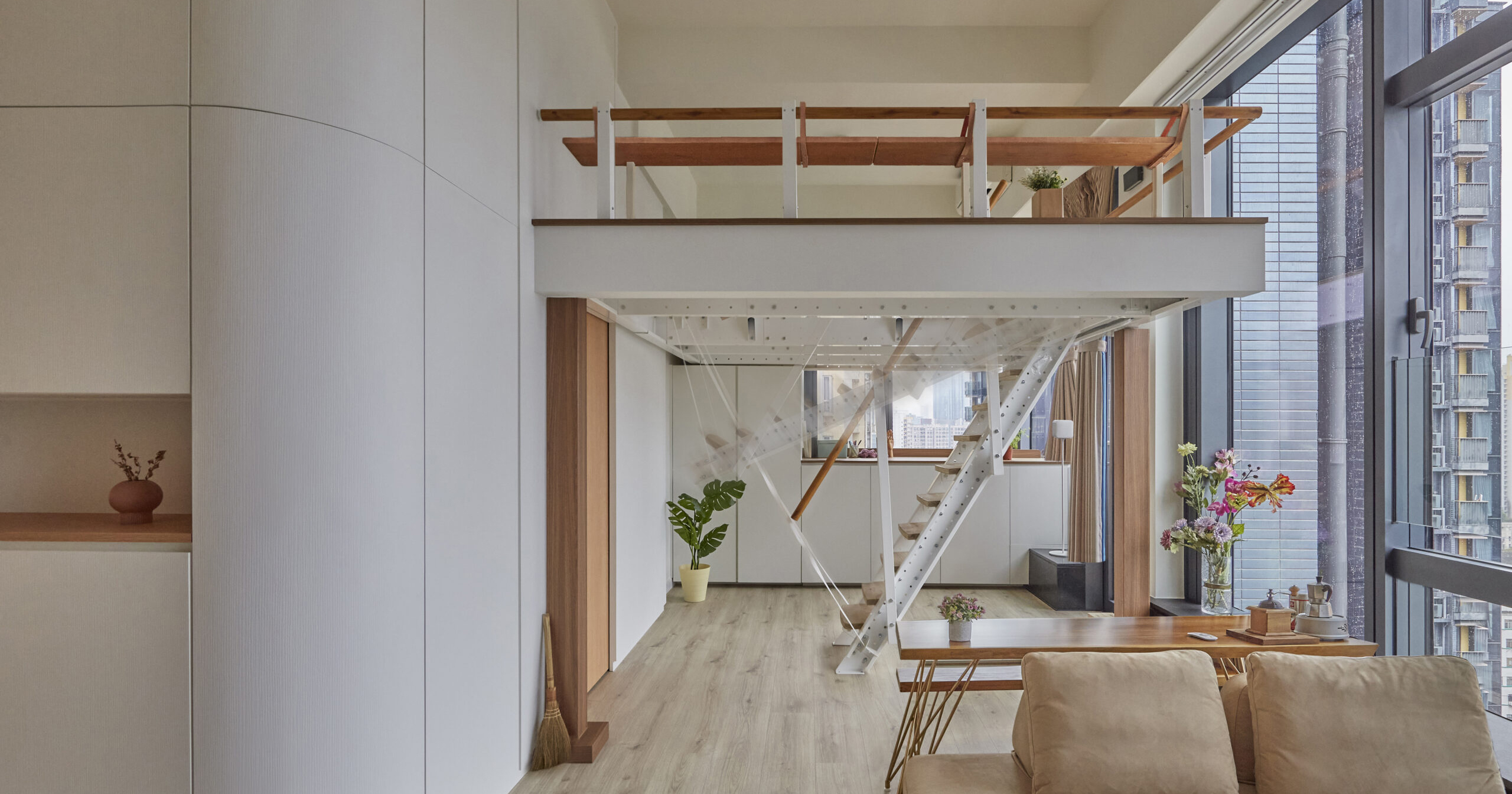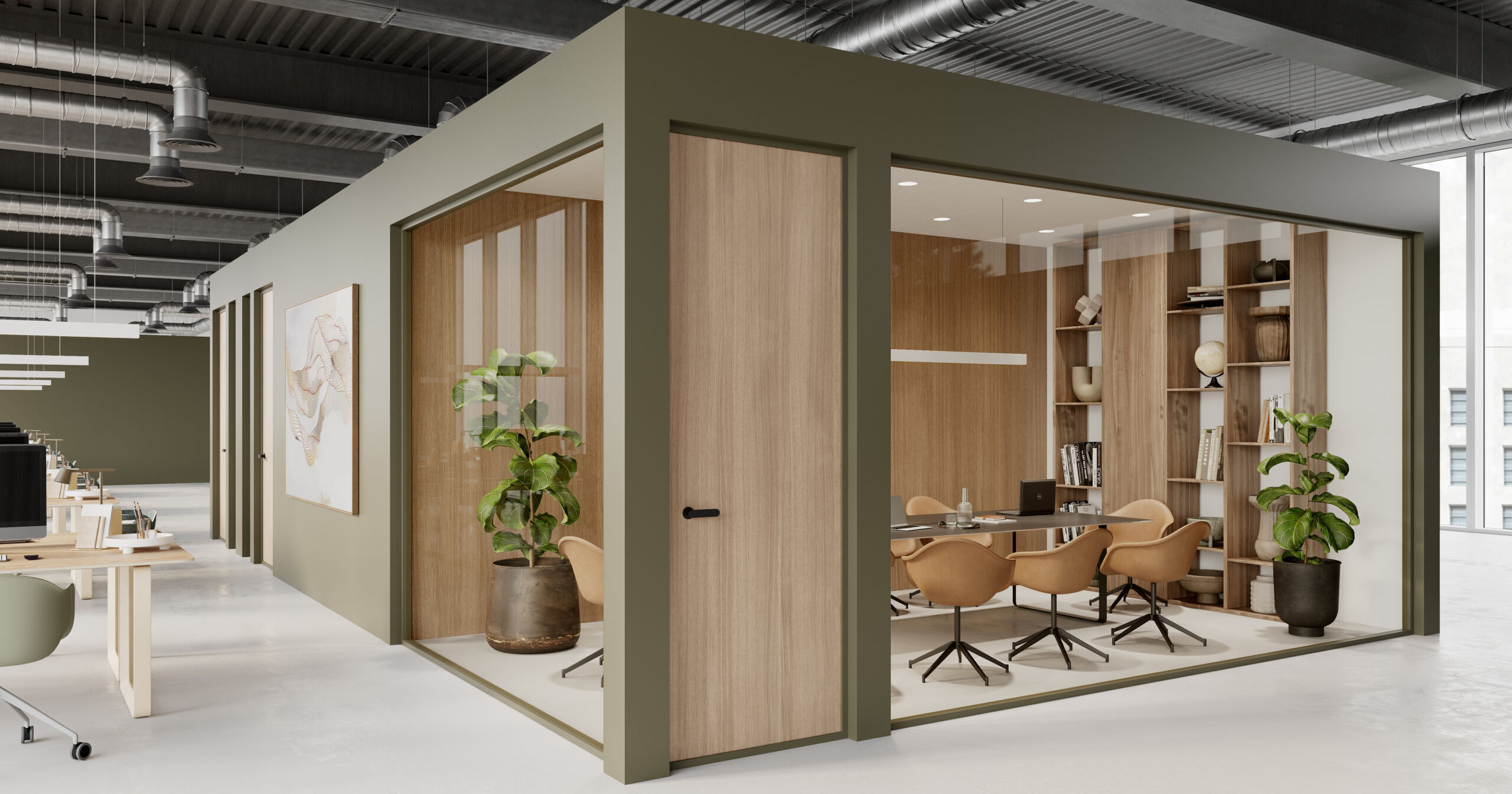The latest edition of “Architizer: The World’s Best Architecture” — a stunning, hardbound book celebrating the most inspiring contemporary architecture from around the globe — is now available. Order your copy today.
In the not-too-distant past, homes were our sanctum — static spaces that were ours and ours alone. Spare rooms were reserved for friends, family members, untouched gym equipment and once-worn clothes. Fast forward, and today, the idea of a home as a purely personal space is almost quaint. The side hustle era, like its adopters, is showing no signs of slowing down, and owning a property is one of the most popular income generators in this evolving economy.
Despite some recent criticism and regulatory crackdowns in certain cities, the short-term rental platforms continue to grow, supported by a demand for flexible, temporary accommodation and an understanding that short-term rentals, while potentially problematic in cities, are a lifeblood to smaller communities that rely on tourism to boost economic growth. The Airbnb effect, if we can call it that, has been seismic. In 2024 alone, the platform boasts 7.7 million active listings globally, with hosts earning over $9.9 billion in revenue in 2023 — a 19.2% increase from the previous year. In 2023, Airbnb saw 448 million bookings worldwide, up 13.9% from the year before. Although often the case, this success is not entirely about homeowners looking to make a little extra income. The way we work and live is changing, with many workers and, therefore, homeowners opting into a nomadic lifestyle, working from their devices while moving from place to place.
According to a 2022 survey, 45% of new home buyers in cities like London and New York are factoring potential Airbnb rental revenue into their buying decisions. That’s nearly half of all new buyers purchasing their homes with an imaginary revolving door of guests in mind. As a result, architects and designers are faced with new challenges when thinking about how these properties should look and function. How do you create spaces that work just as well for a family of four as they do for a group of travelers who booked a spare room after one too many beers and missed their flight home? Well, that’s where things get interesting. Designing a home for potential short-term rental means factoring in a whole new set of requirements: adaptability, durability and the ability to disguise the fact that you’ve hosted fifty people in the past six months while somehow maintaining a feeling of “home” when you return.
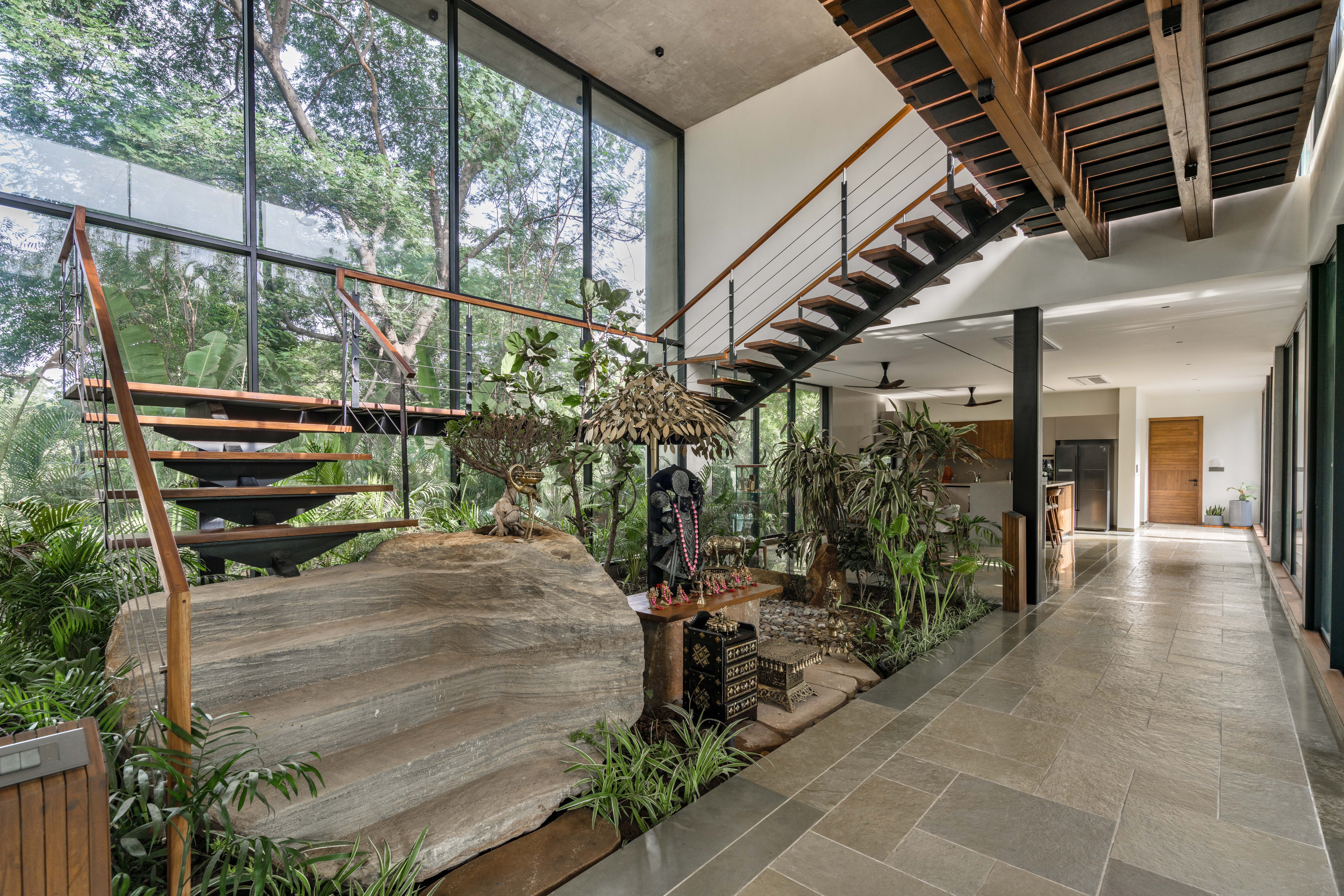
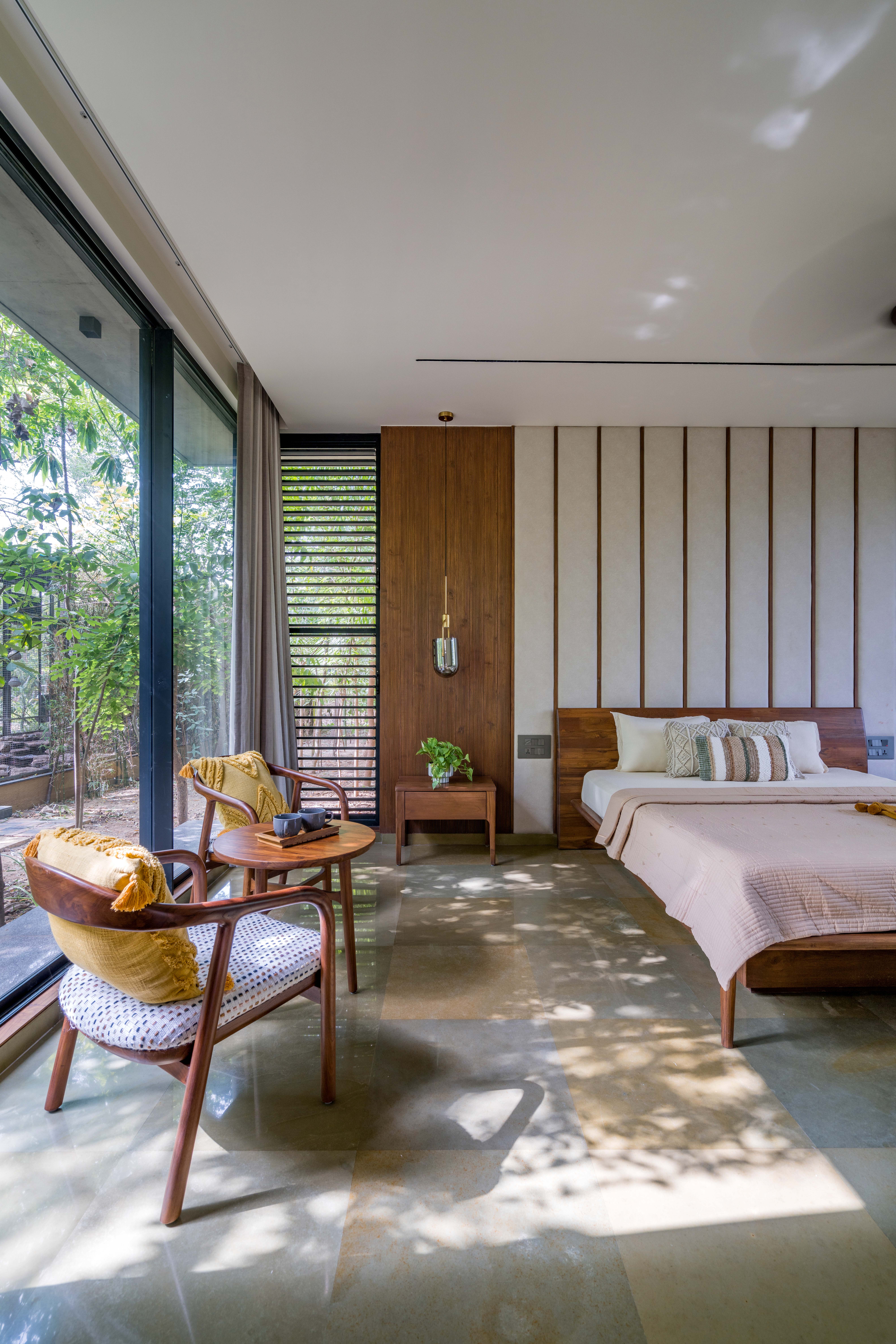
Kalrav Villa Design by VPA Architects, Ahmedabad, India | Photos by Inclined Studio
Possibly one of the most vital things to think about when designing a home that will be used for short-term rental is materiality. Not all spaces are treated equally, and unfortunately, how a person treats a home that is not their own is often significantly different from how they treat a space they rent. According to a 2023 survey by AirDNA, guests in short-term rentals are, on average, 30% less likely to take care of property maintenance issues compared to long-term tenants, and that translates directly into the wear and tear a home will experience. Durability is a friend here. Laminates are prone to damage from standing water and spills, an inevitable outcome in any sort of rental. While an owner might be meticulous at wiping up, a guests probably won’t be. Using materials that are easier to maintain or repair is a good idea. Solid wood is great but often expensive. Timber veneers offer a resilient compromise. They can be repaired, stripped and restained, providing much-needed longevity to furniture. Again, a solid surface like marble is excellent for high-interaction areas due to its strength and heat resistance, but it can stain if not sealed properly — especially when exposed to wine, coffee or acidic substances. A granite or manufactured solid surface can often be the smarter choice.
Similarly, flooring takes a heavy beating in short-term rentals, especially from suitcases, spills and high heels. Once more, laminates and softwoods are not the best options unless the plan is to replace them frequently. Instead, engineered hardwood, which offers the look of solid wood with more resilience to scratches and moisture, is a more durable option. For even more durability, tile or luxury vinyl tile (LVT) flooring is a top choice. Both are waterproof, scratch-resistant and becoming more budget-friendly by the day.
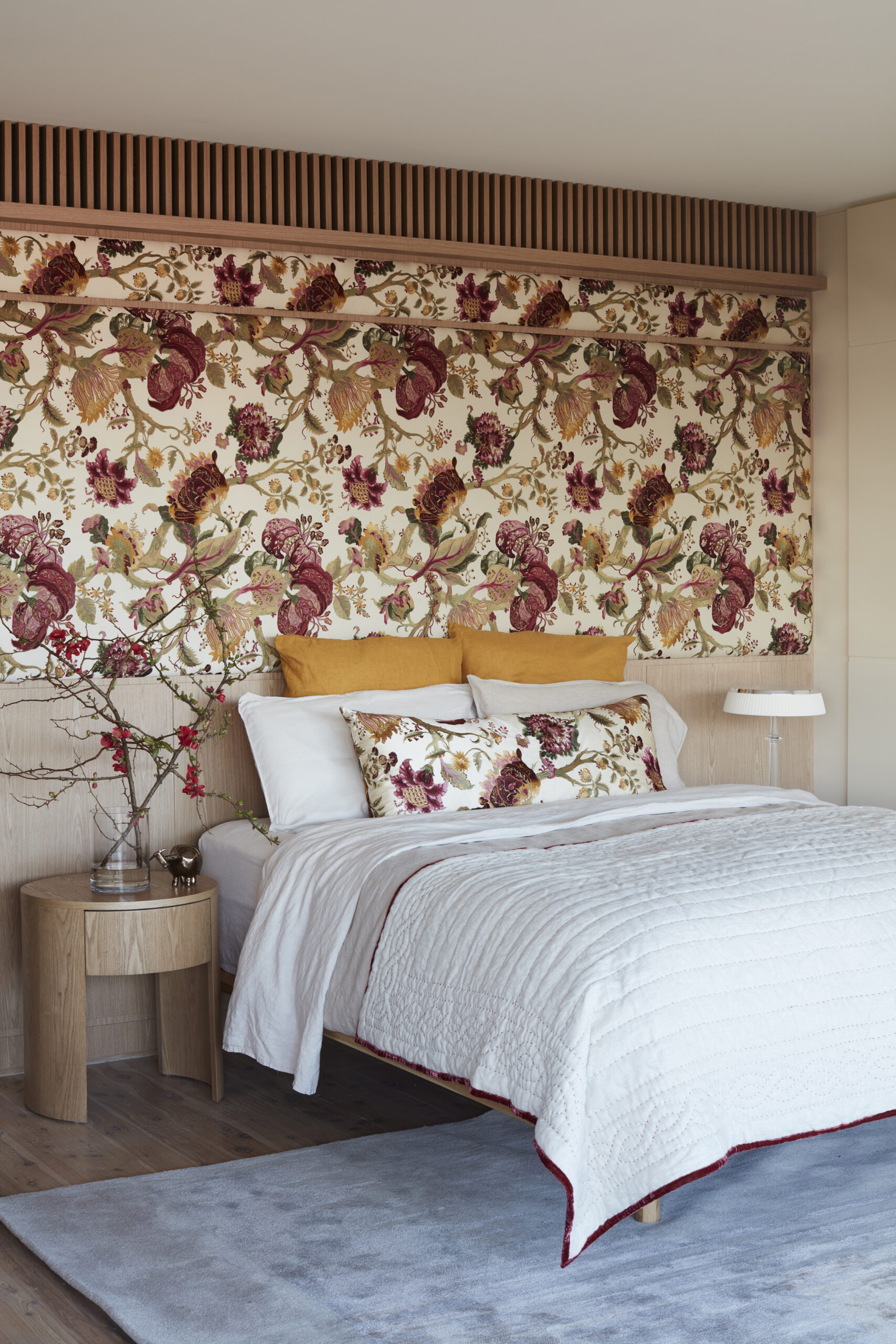
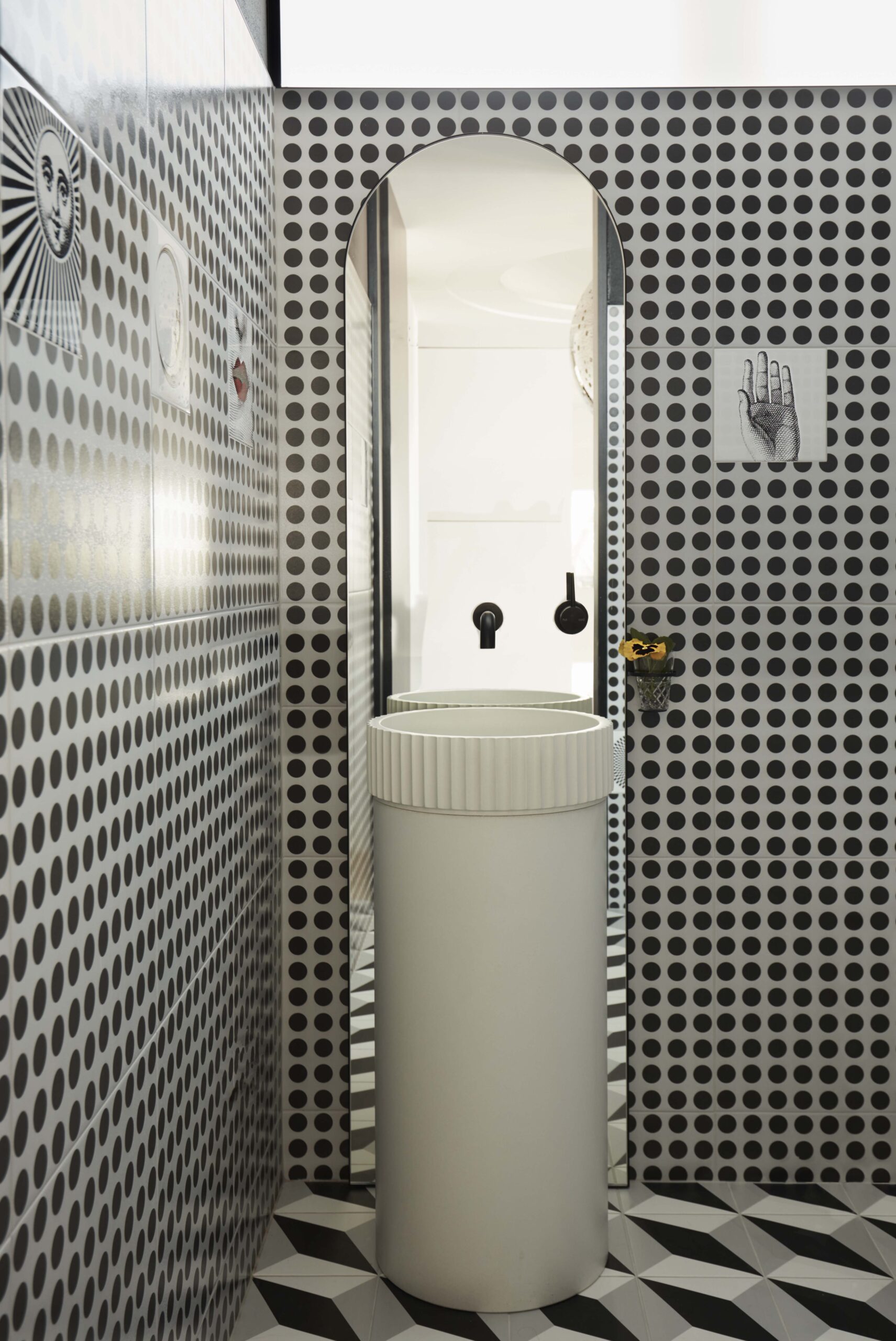
Sydney Harbour Apartment by Brooke Aitken Design, Sydney, Australia | Photos by Prue Ruscoe
While picking the right materials is essential, one thing that can really help keep a rental looking fresh is including patterns. Busy surfaces, like terrazzo or speckled granite, can cleverly hide stains and minor scratches, making them perfect for high-traffic kitchens and bathrooms. Carpets and fabrics that have a lot going on will hide a multitude of sins. A hair iron burn on a busy carpet is a lot less obvious than on solid cream.
Now, here’s where things get intriguing. Designing a home for an individual is one thing, but designing a home for everyone and anyone — well, that’s a whole new ball game. Short-term rentals mean different people with different needs coming and going, so adaptability is the name of the game.
To get the most out of a rental space, it should be able to shift between being a cozy family haven one week to a buzzing party pad the next. Movable partitions, fold-out beds, or multifunctional furniture like storage ottomans and expanding tables are all practical solutions. The furniture should work harder than normal, opting for pieces that can transform a single space into multiple configurations, a bedroom into an office, or a dining room into a playroom. This way, a listing will appeal to a much broader audience.
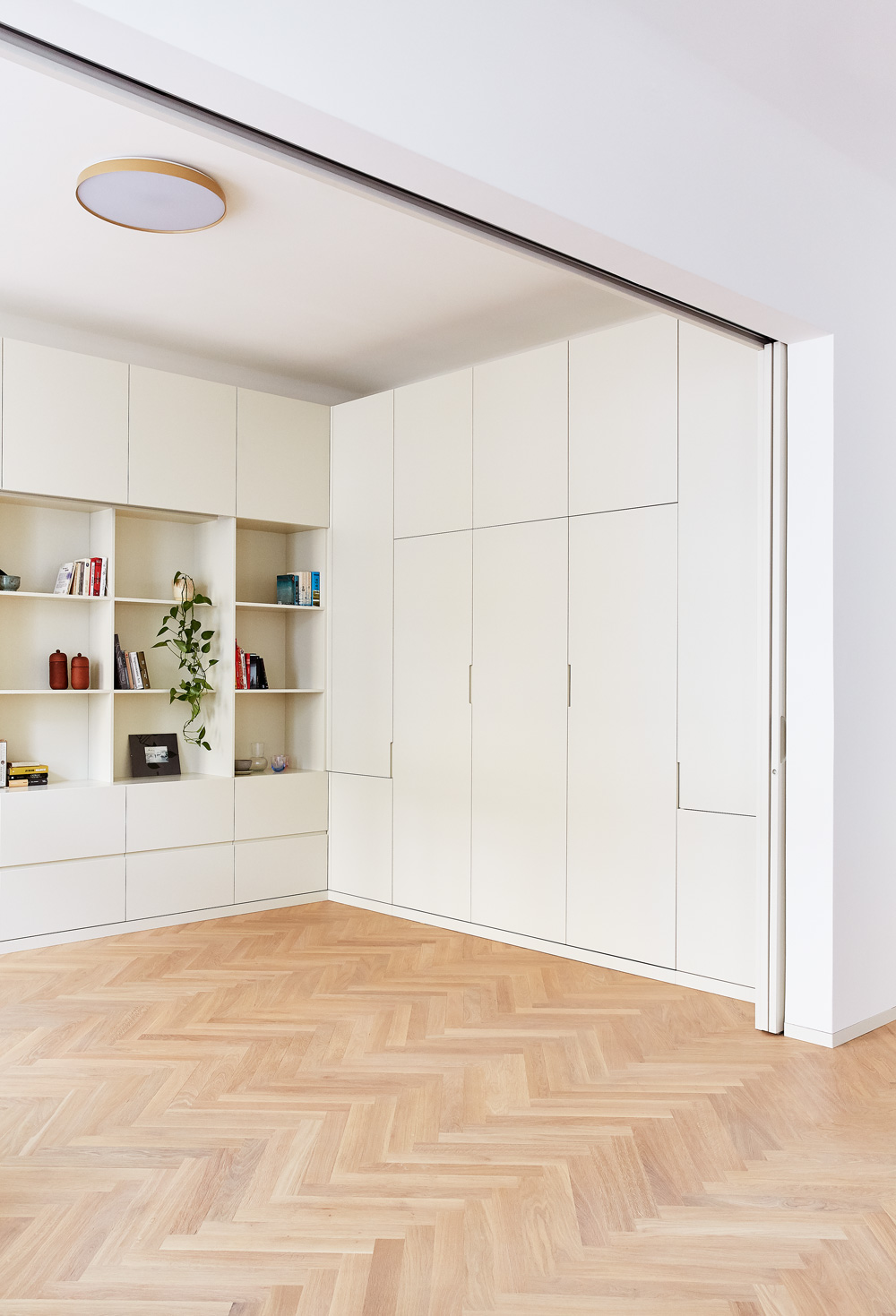
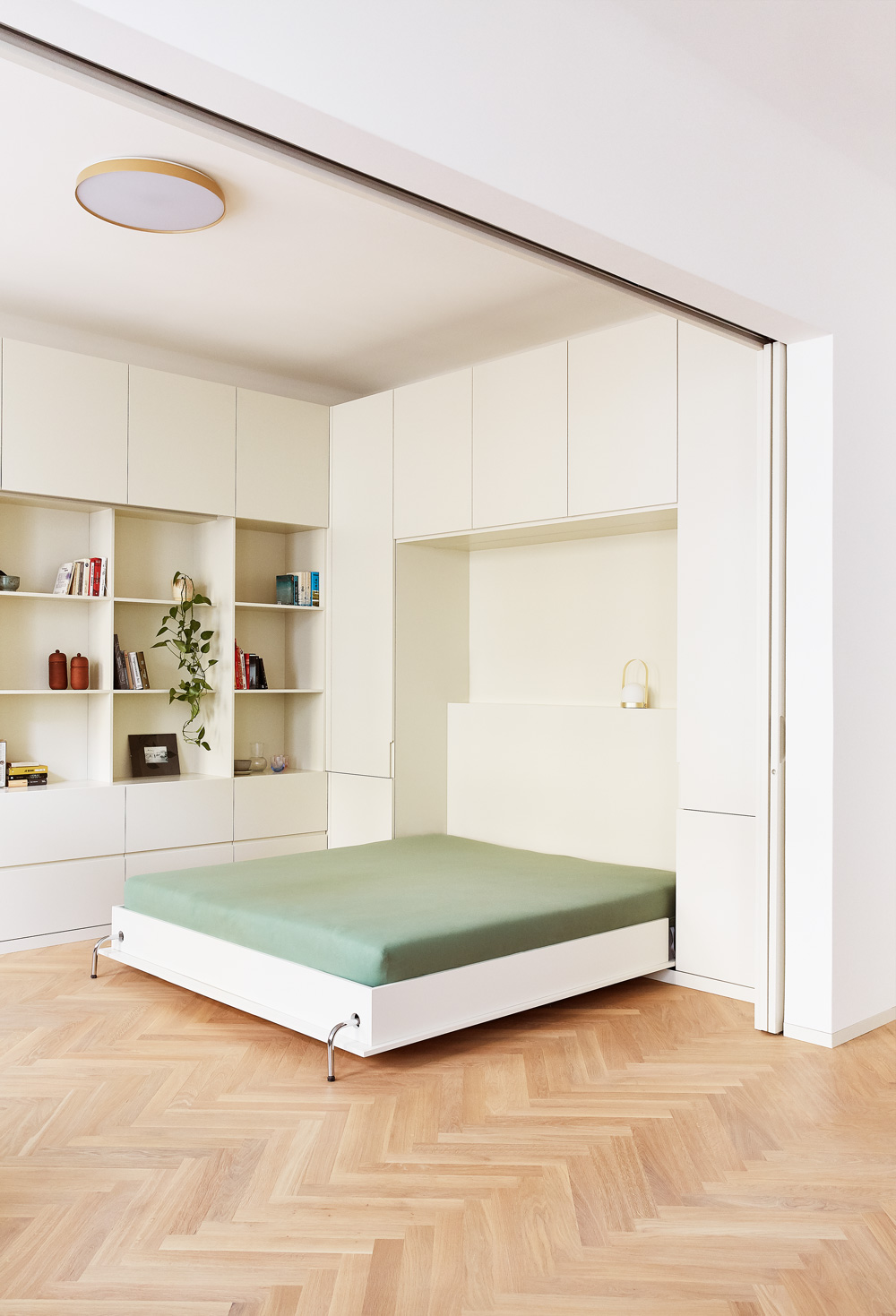
Apartment in Prague by ATELIER 111 architekti s.r.o., Prague, Czechia | Photo by Veronika Raffajová
However, adaptability shouldn’t mean moving things around all the time. It should also consider where things go when not in use. That’s where storage and, even better, hidden storage becomes essential. Not only is it comforting for an owner to know their personal belongings can be hidden away safely, but having dedicated places for things keeps the mess at bay — a place for everything leaves no ambiguity for where something should go. Built-in storage solutions like floor-to-ceiling cabinets, false-backed wardrobes, pull-out shelves and even under-bed storage are lifesavers in spaces that need to accommodate a steady flow of people. When not in use, these features virtually disappear, keeping the home sleek and tidy.
Finally, when seeking out a property with the idea of turning it into a short-term rental, considering what the building itself brings to the table can lead to offering something special. Properties that come with built-in character add intrigue without additional “stuff”. Exposed beams, decorative cornices, or feature doorways do a lot of heavy lifting in terms of visual appeal. These features create focal points and add texture to a room without the need for excessive décor. Don’t underestimate the power of decorative tiles. Whether it’s in the kitchen or bathroom, tiles with intricate patterns or bold colors can give a property personality. In older properties, keeping or restoring original tilework can add a sense of history and craftsmanship that’s difficult to replicate.
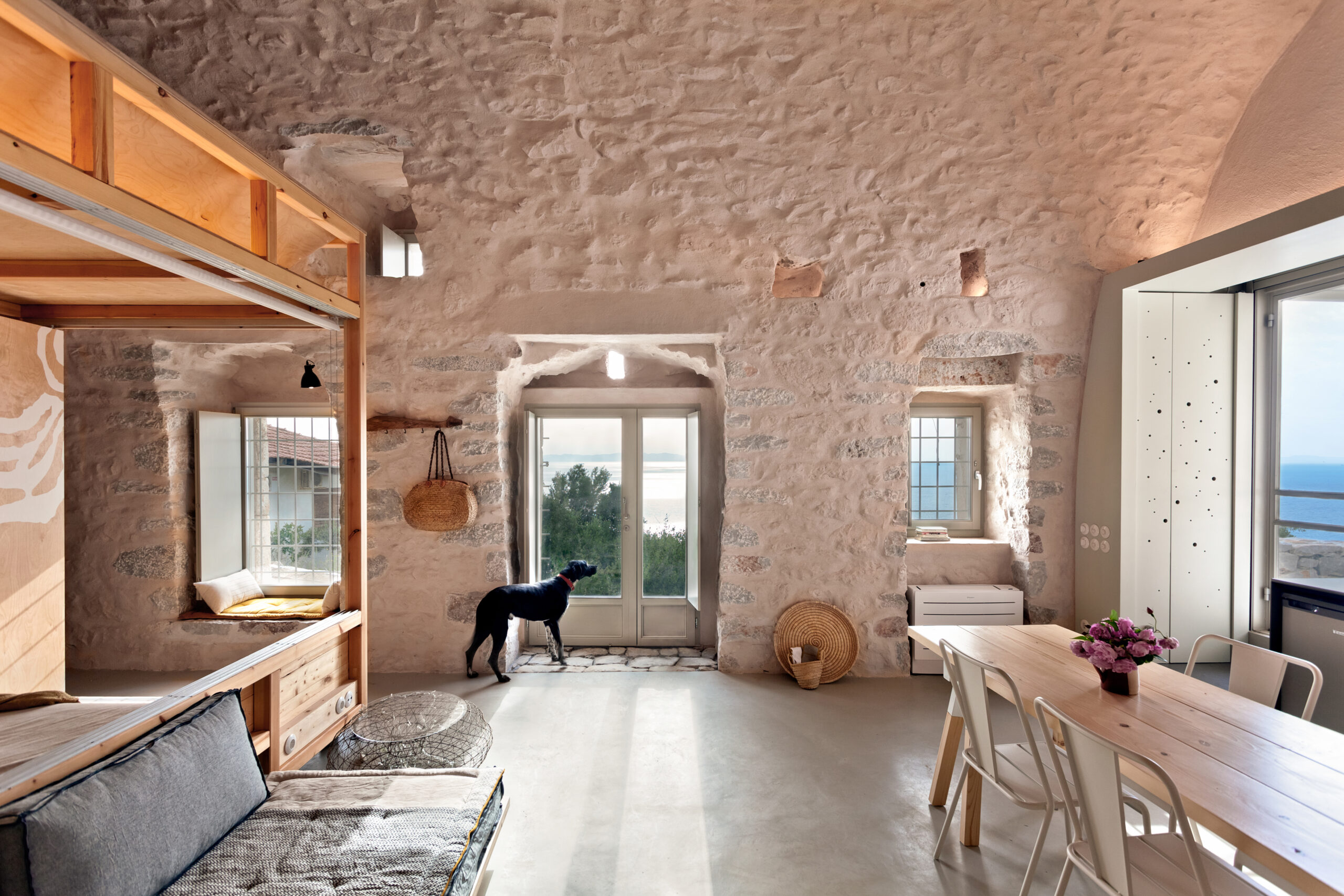
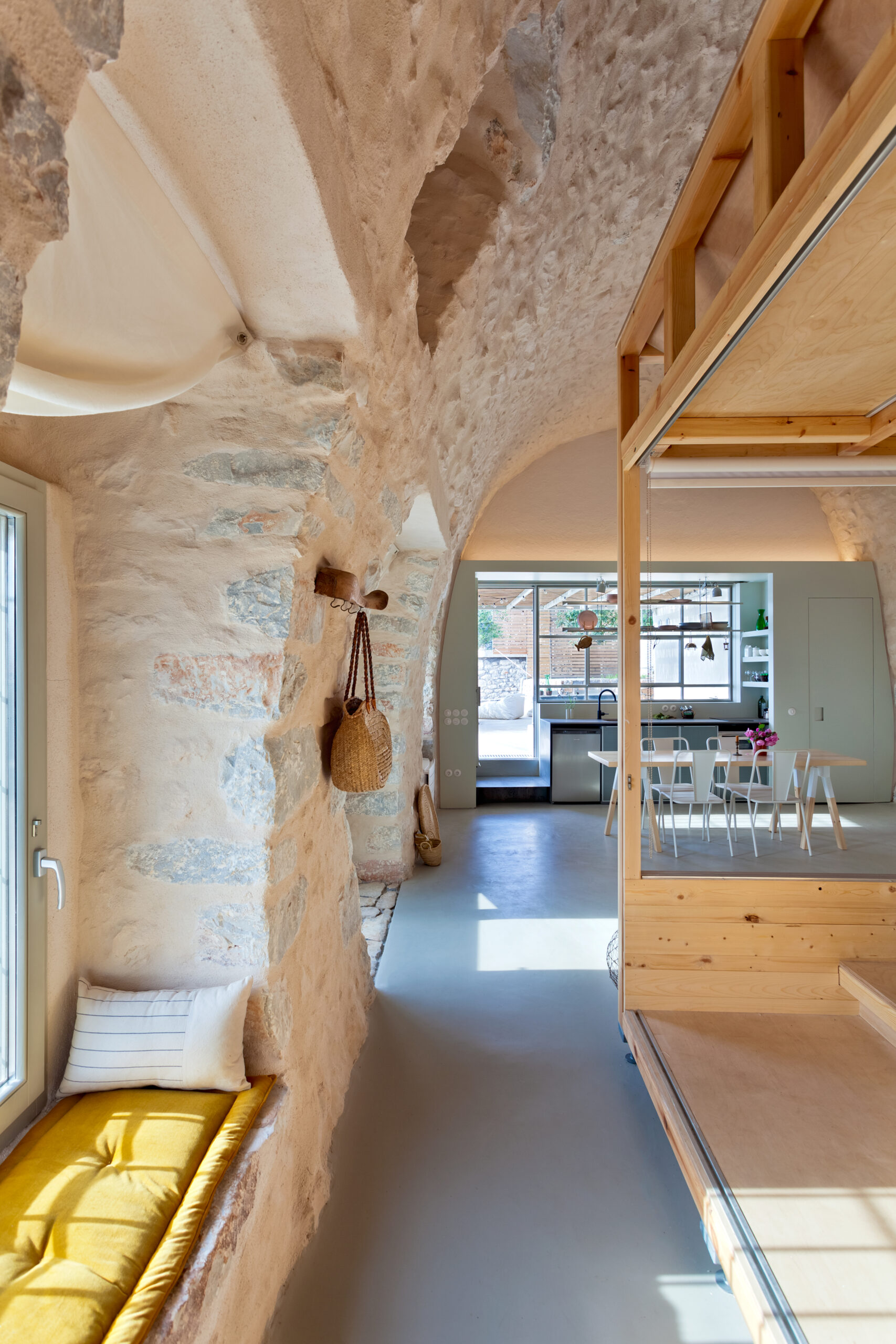
Ka-Ma-Ra by Z-LEVEL architecture, Greece | Photos by Mariana Bisti
By focusing on the structural features of a building — things that are part of its very fabric — not only is value added to the property, but also a lot of headaches can be avoided. Decorative items become targets for wear and tear, or worse, they mysteriously disappear into the luggage of a departing guest. So, by leaning on the structure to be the decoration, the chances of issues arising become much less. The not-so-honest guest would find it significantly more difficult to pop a 100-year-old oak door in their suitcase than a hand-woven throw. The fewer personal items or accessories, the less likely things are to be damaged or stolen. Meaning guests get to enjoy a space that feels thoughtfully curated, and owners have the peace of mind knowing they don’t need to constantly replace decorations or worry about clutter.
The latest edition of “Architizer: The World’s Best Architecture” — a stunning, hardbound book celebrating the most inspiring contemporary architecture from around the globe — is now available. Order your copy today.
Title image: Meditation Duplex by Sim-Plex Design Studio, Hong Kong. Photograph by Patrick Lam | The projects in this article, although not expressly designed to function as both homes and AirBnbs, offer vivid examples of the concepts discussed in this article.
